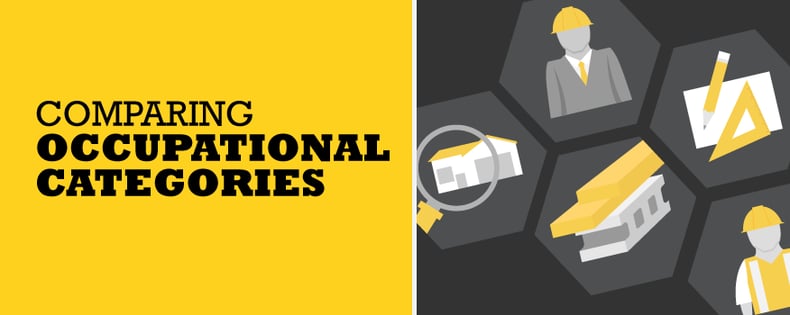
In our quest to expand Michigan’s construction workforce, it is essential to define not only different industry segments, but occupational categories as well. In the report, “Michigan Construction: By the Numbers,” we showcase the diversity of construction industry occupations, comparing each of the five categories.
Construction Trades
The largest category at 199,240 people, it includes the mechanical trades— electricians, plumbers, HVAC contractors, and boiler operators/engineers—required to be licensed by the state, as well as commercial general contractors and specialty trade contractors. Michigan’s union building and construction trades are organized into 17 different apprenticed construction trades. Occupations in this category include bricklayer, carpenter, helper/laborer, electrician, plumber, HVAC technician, heavy equipment operator, insulator, iron worker, painter, truck driver.
Architecture, Design and Engineering
The second largest category at 28,930, it encompasses the design team who takes an idea and makes it buildable through drawings, plans and specifications. Occupations in this category include titles architect, landscape architect, architectural technician, civil engineer, environmental engineer, structural engineer, mechanical engineer, engineering technician, interior designer, and surveyor.
Equipment, Materials and Supplies
This third largest category at an estimated 25,000, includes workers at the companies that manufacture, distribute, or sell the millions of products consumed by the construction industry. Occupations in this category include materials engineer, territory manager, product representative, counter person, material handlers, sales person, and delivery driver.
Construction Management
The fourth largest category at 10,380, construction management employs people in different capacities, primarily in the commercial subsector, to manage construction projects from start to finish. Occupations in this category include project administrator, project coordinator, project engineer, project manager, construction manager supervisor, and cost estimator.
Testing and Inspection
this smallest category at 2,110, includes workers trained to ensure construction materials are tested as required and projects inspected for compliance with plans and specs. Occupations in this category include building inspector, concrete testing technician, construction materials testing technician, and industrial hygienist.
Find out more about the state of the construction industry and workforce by downloading your copy of “Michigan’s Construction Industry: By the Numbers,” and you will automatically receive the upcoming construction industry workforce forecast being developed by Michigan Construction in partnership with the Construction Association of Michigan (CAM) when it becomes available.

